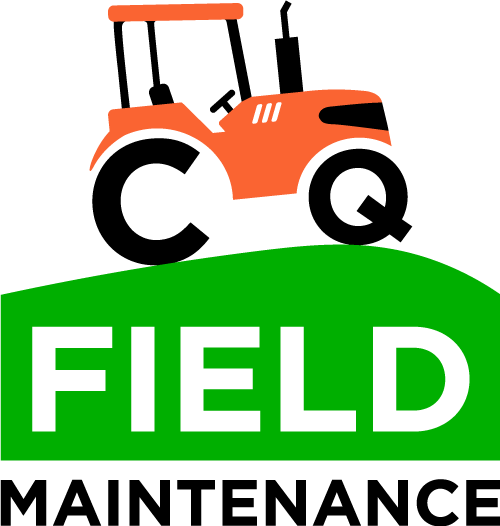FAQs
Q: Why should I aerate my lawn?
A: Aeration, among it’s many benefits, improves the effectiveness of fertilisers and maximises soil drainage – reducing water run-off and wastage as well as providing much needed air circulation.
Q: When is the best time to aerate?
A: The best times are in spring and autumn, try to avoid the cooler months of the year particularly if your variety of lawn goes dormant. You can aerate 1-2 times a year depending on the soil type. You should aerate sandy soils once a year while clay soils can benefit with two aerations a year. If you are unsure of your soil type consider paying a service provider for a lawn consultation, so they can inspect your soil and give you their recommendations.
Q: What’s better core or spike aeration?
A: Both styles have their benefits. Core aeration removes a plug and relieves compacted clay soils, while spike aeration is better for use on well draining sandy soils.
Q: How can I best prepare my lawn for an aeration service?
A: For best results, mow your lawn dropping the height by 1/3 & thoroughly water for 2-3 days prior to coring.
Q: What is dethatching?
A: During the winter your grass builds up a layer of thatch to protect itself. By dethatching in spring you can help the soil moderate its temperature in summer. Doing so, allows soil (and developing grass shoots) access to much needed moisture, air circulation and sunlight.
Q: When is the best time to de-thatch?
A: In spring when it’s warmer and your lawn is rapidly growing. For best results follow with an aeration and topdress.
Q: Why should I topdress?
A: By topdressing you are able to modify soil structure and drainage, as well as smooth out bumps, reduce lawn stress and help control thatch.
Q: How much soil do I need when I topdress?
A: Generally allow for enough soil to provide a 7-10mm coverage, which equates to 1 m3 per 100m2 of lawn. Any more than this can smother the lawn and set it back, making the recovery time longer.
Q: Should I get regular spray visits from my service provider?
A: If the budget allows it, yes! From the removal of weeds to the eradication and prevention of lawn pests like mite or lawn grubs, as well as applying liquid fertilisers along the way. Regular spraying can be a life saver in the long run. Remember.. when it comes to pests and weeds, prevention is better than the cure.
Q: Should I catch mow or mulch mow?
A: Both! The question should be when? If your lawn is heavily infested with weeds and weed seed, then we recommend catch mowing, working your way from the cleanest side of your yard to the most infested and washing your mower after each use to prevent the spread of contamination. If your lawn is weed free then we say yes you can mulch mow. Generally speaking, we recommend mulch mowing one out of every four mows in warmer climates, with a maximum of mulching every second mow in cooler climates. Usually it’s a case by case question depending on climate and lawn variety. Although, one thing for certain is that with excessive lawn mulching, clippings start to build up like thatch and can have the similar negative effects on lawn that thatch build up does.
